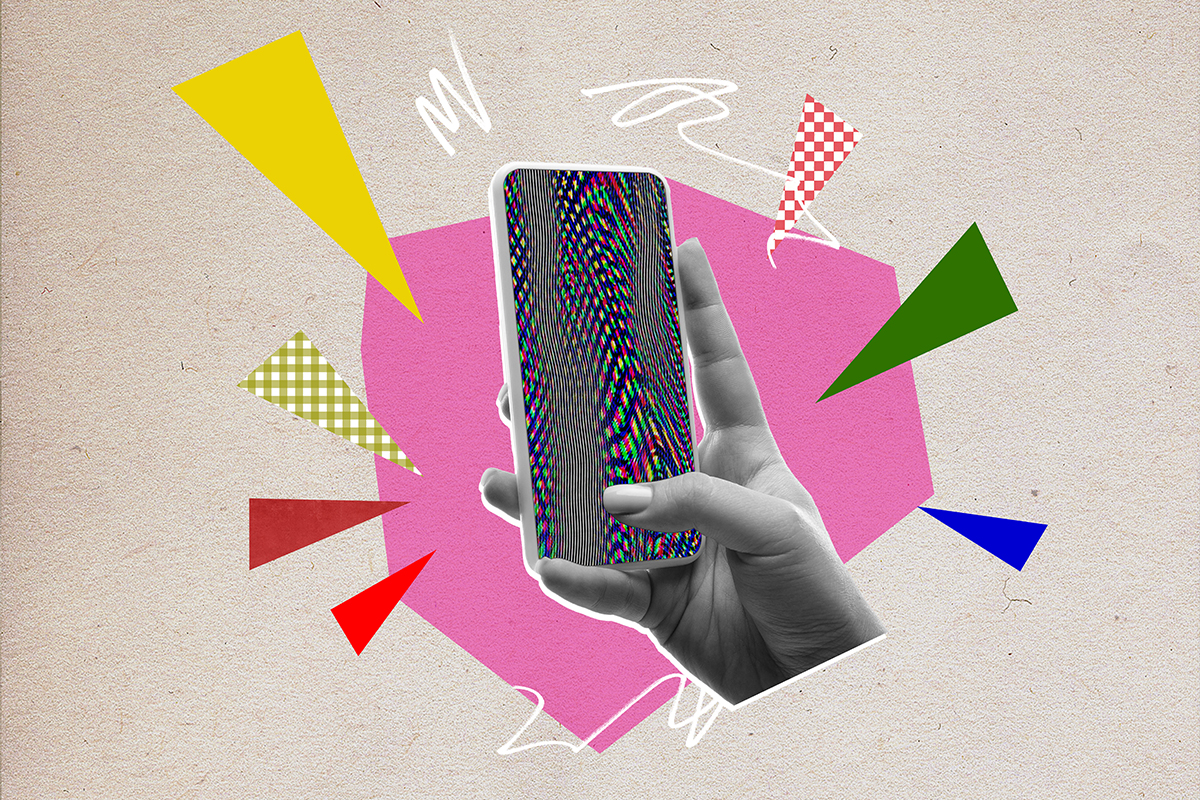Paid Vs. Organic Social Media: What's the Difference
Social media is everywhere these days, and it’s not just for keeping up with friends and family. It’s also a powerful tool for businesses to connect with their audience. But when it comes to promoting your brand on social media, there are two main approaches: paid and organic.
Paid Social Media
Pros:
1. Reach a Larger Audience: Paid social media allows you to reach a broader audience beyond your current followers. With targeted advertising, you can reach people who may not have heard of your brand otherwise.
2. Quick Results: Paid ads can generate immediate results. Whether it’s driving traffic to your website or increasing sales, a paid social media campaign can deliver fast outcomes.
3. Precise Targeting: Paid social platforms offer advanced targeting options based on demographics, interests, behavior, and more. This allows you to tailor your ads to specific audiences, increasing the chances of engagement and conversions.
Cons:
1. Cost: As the name suggests, paid social media requires a budget. While you can control your spending, it’s essential to allocate resources effectively to maximize ROI, track them, and build on these campaigns to optimize their effectiveness.
2. Competition: With paid advertising becoming more prevalent, competition for ad space is fierce. This is driving up costs and making it harder to stand out from the crowd without strong creative (Pink Jacket can help with this too).
3. Audience Skepticism: Some users may be wary of paid ads and may not trust them as much as organic content. This can impact engagement and conversion rates.
Organic Social Media
Pros:
1. Authenticity: Organic social media allows you to showcase the authentic personality of your brand. By engaging with your audience through genuine content, you can build trust and loyalty over time.
2. Cost-Effective: Unlike paid social media, organic strategies don’t require a significant financial investment. With creativity and consistency, you can grow your following and increase brand awareness organically.
3. Long-Term Results: While organic growth will take longer to achieve, the results can be more sustainable in the long run. Building a loyal community of followers, you can create a long-term foundation for your brand’s success.
Cons:
1. Limited Reach: Organic reach on social media platforms has declined in recent years due to algorithm changes. This means that your content will not reach as many people as it would with paid promotion.
2. Time-Consuming: Building and maintaining an organic social media presence requires time and effort. From creating content to engaging with followers, it can be a significant commitment for businesses with limited resources.
3. Uncertain Results: Unlike paid advertising, which offers more predictable outcomes, organic strategies can be more unpredictable. Success depends on various factors, including algorithm changes and audience behavior
In conclusion, both paid and organic social media have their pros and cons. The key is to find the right balance between the two approaches based on your goals, budget, and audience. Whether you’re looking for quick results or long-term growth, incorporating both paid and organic strategies into your social media marketing efforts can help you maximize your impact and reach your target audience effectively.



Comments
Post a Comment